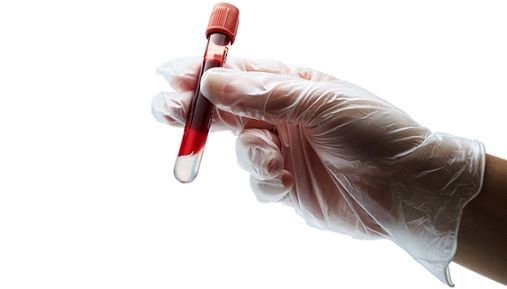Article
Adolescent HIV Diagnoses Missed More Frequently in Pediatric Hospital
Author(s):
A Dallas-based study found that an adult hospital with a universal screening policy was far more likely to provide screenings to high-risk patients aged 13 or older.

As clinicians and public health officials advocate for universal screening for new HIV infections, a crucial setting for such practice has been overlooked: pediatric emergency departments (EDs).
In a retrospective review of confirmed, positive HIV tests in adolescents and young adults, investigators from a series of Dallas-based medical centers have found that missed HIV screening opportunities are more common in pediatric EDs without a universal screening programs than adult EDs with an actual program.
The data, presented at the 2018 IDWeek Annual Meeting in San Francisco, CA, implies a previously unknown issue in early HIV prevention.
Led by Zachary Most, MD, of the Pediatric Infectious Disease department at the University of Texas Southwestern Medical Center, the team collected data on HIV-positive diagnoses in adolescent patients at Children’s Medical Center Dallas (CMC) and Parkland Hospital (PH). CMC represented a pediatric hospital without universal screening, whereas PH represented an adult hospital with universal screening.
Patients were 13-21 years old, with no prior HIV diagnosis. Investigators quantified inpatient, outpatient, and ED encounters at CMC and PH following each patient’s 13th birthday and before their HIV diagnosis.
Missed opportunity encounters (MOE) were defined as any encounter not involving an HIV screen to have occurred within 3 months of their most recent negative HIV screen, and any time before their positive HIV diagnosis. Investigators set 13 years as their youngest patient age because it is the earliest age the US Centers for Disease Control and Prevention (CDC) recommends HIV screening.
Of the 204 patients to meet inclusion criteria, 140 (69%) were male, 155 (76%) were black, and 87 (43%) were followed by CMC. Investigators tallied 412 total encounters (2.02 encounters per patient), with 284 (68.9%; 1.39 per patient) identified as MOE. At least 1 MOE was reported for 72 patients.
MOE was a particularly bigger issue at CMC—the medical center had 6.7 MOEs for every new HIV adolescent diagnosis, while the PH ED reported just 0.9 EOD per diagnosis (P < .01). Patients identified through CMC were also younger ( mean age 16.1 vs 18.8), and reported greater CD4 counts (449 cells/m3 vs 337 cells/m3) than those at PH ED. Just 1 patient was identified with AIDS at CMC, however, and 3 were identified at PH.
Overall, CMC reported 129 MOEs among 23 patients, and PH reported 42 MOEs among 41 patients. The majority of MOEs were reported in outpatient facilities at both CMC (64.8%) and PH (62.7%).
With undiagnosed, HIV-infected sexual partners contributing up to 30% of new infections annually, and the CDC recommending screening among high-risk populations, the investigators were left to conclude that MOE is a recurrent problem in the high-risk adolescent community.
The data also suggests universal screening is successful—investigators noted that many patients with MOEs at CMC would go on to be diagnosed with HIV at PH or other sites of care. They called for a quality improvement program to prospectively track data on the number of total HIV tests ordered, the number of positive HIV screens, confirmed HIV diagnoses, and the number of MOEs of newly diagnosed HIV adolescents.
At the very least, the findings could aid a region in need of improved screening.
“Implementation of a universal HIV screening protocol in the CMC emergency department may decrease the number of MOE, and decrease the number of undiagnosed adolescents in Dallas County,” investigators wrote.
The study, "Universal Screening is Key: Identifying Gaps in Adolescent HIV Infection Diagnosis at Local Pediatric Health System as Compared to Regional Adult Hospital," was presented at IDWeek 2018.
Click here to sign up for more MD Magazine content and updates.
Related Coverage >>>
Opt-Out Testing for HIV, Hepatitis C Could Improve Diagnoses in the ED
Intervention Boosted Engagement In Patients with HIV At Risk for Becoming Un-retained
INSTI Therapy for HIV Associated with Greater BMI Gains for Blacks, Hispanics, and Women




